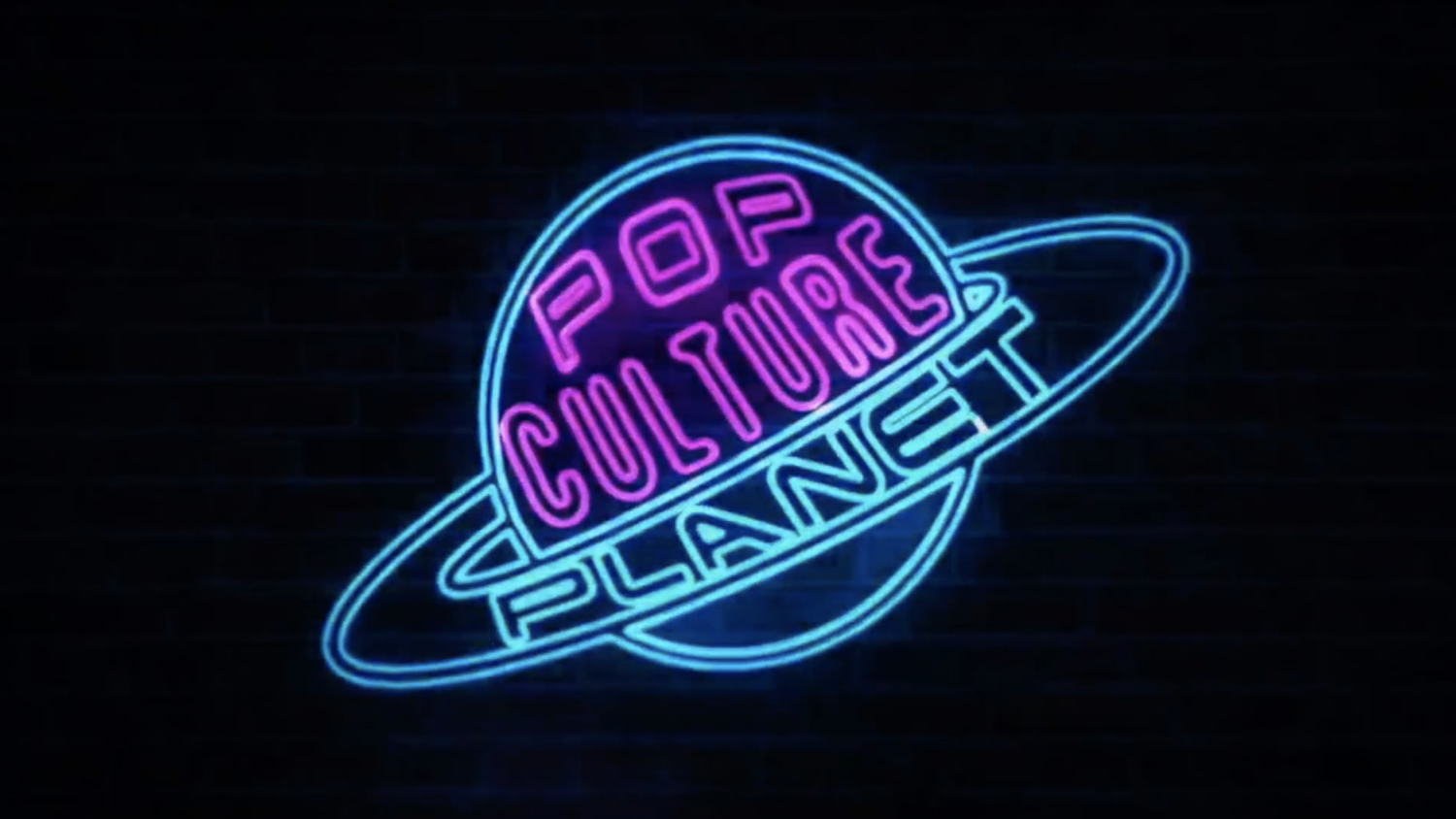Tribeca 2024: Brats Is A Captivating But Self Indulgent Documentary
Take a step back in time to the 1980s. The film and television industry is booming and there’s a new trend on the horizon: teen flicks. That’s right, blockbuster hits made by and for young people. An untapped market that took off and forever changed the way in which storytelling is looked at though the eyes of young people. Films like 16 Candles, The Breakfast Club, Pretty in Pink, St. Elmo’s Fire, The Outsiders, and About Last Night are a few notable titles to come from this time period.
Along with the boom in young adult and teen movies came a new set of fresh actors that were thrust into the spotlight. The likes of Andrew McCarthy, Rob Lowe, Demi Moore, Ally Sheedy, Molly Ringwald, Judd Nelson, and Emilio Estevez are all considered to members of the elite group of actors notably referred to as The Brat Pack. The name derived from a New York Magazine article in 1985 that stirred up quite the controversy between the actors and press.
Titled Hollywood’s Brat Pack, the 1985 New York Magazine cover story detailed the group of young actors taking over the Los Angeles film scene. David Blum, a writer and editor based in New York joined the crew of A-listers on a night out on the town. Observing their behavior and interactions, Blum concluded that the young stars lead a life of privilege, excess, and undeserved fame. He claims the actors didn’t have to put in the hard work of studying acting before finding their success, deeming them “brats.” Just like that, the Brat Pack name was born.
While the young A-listers were cast together in film after film, Brats, which premiered at Tribeca Festival, tells the true story behind the pack, how close they really were, and how they felt about the name. Spearheaded by Andrew McCarthy, the documentary features interviews with many of the group’s members, social scientist Malcolm Gladwell, and the notorious journalist that wrote the initial article coining the name.
Demi Moore seemed to have the most fond memories of the title and time period as she used her public persona as a way to catapult her career. She used every role as an opportunity to prove her talent and differentiate herself. Rob Lowe also shared many fond memories of his time in the 80s, living large and partying with the social elite. Members like Molly Ringwald and Judd Nelson were not featured.
Director Andrew McCarthy is the only member featured in the documentary that still harbors such negativity around the name. He took a step away from acting and the industry as a whole and used this documentary as an attempt to reconnect. However, it is clear that he felt a bit like an outsider amongst the others. In one scene, he is seen arguing with the journalist who wrote the article, almost fishing for an apology, which he did not receive.
Much of this documentary felt like a self indulgent pity party of one for Andrew McCarthy. Most people have no idea what it’s like to live with that level of fame, but many of the Brat Pack members took that title as a starting point to launch long and successful careers. It seems as though McCarthy didn’t know how to handle the attention and shifted his perception of the title in a way that would benefit him. In many of his conversations, it was almost as if he was attempting to convince other actors to share the same sentiment about the term as he had deemed it.
For someone who doesn’t share the same affinity and love for the actors in the Brat Pack, the film was still captivating and educational. Film lovers worldwide will knows these movies and many have been noted as cult classics that live on resonating with audiences today. It is an interesting deep dive on the group that was so influential and pivotal in creating the entertainment landscape today, though it could have benefited from an outsider spearheading the film.
Brats is streaming on Hulu.




